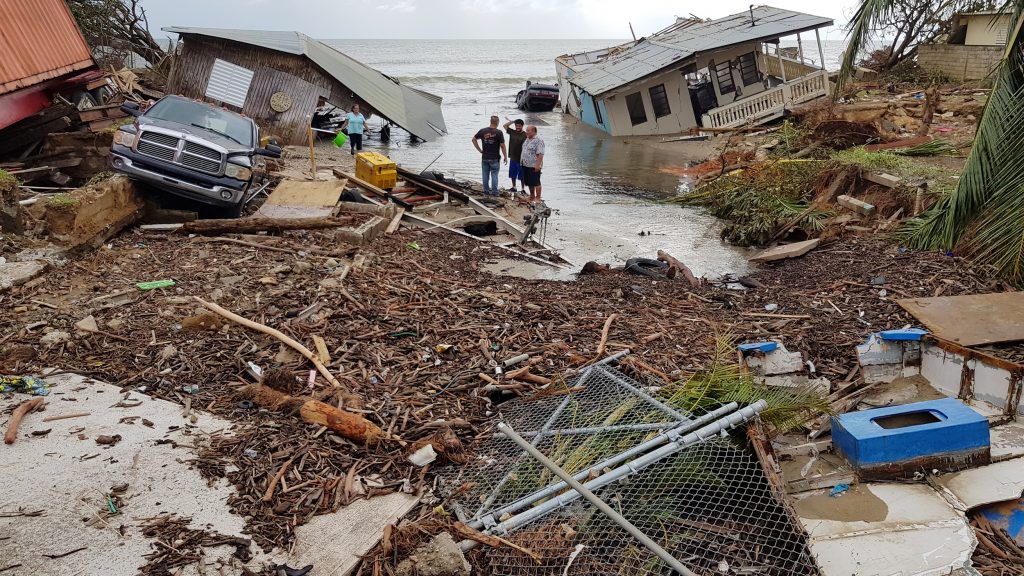
Last spring’s graduating students at the University of Puerto Rico at Mayagüez (UPR-M) ended their semester a month later than usual, which was reflective of a school year that was far from normal. Plunged into darkness for weeks beginning in September 2017 and fighting a daily battle to return to normalcy, Puerto Ricans have been living an abnormal existence for a year since Hurricane María tore through the island last fall. For engineering students who are part of a Coastal Resilience Center of Excellence (CRC) project – and the project’s leaders – this has been one of the most trying school years of their careers.
Principal Investigator Prof. Ismael Pagán-Trinidad, chair of the Department of Civil Engineering and Surveying, and co-PI Prof. Ricardo López, the department’s associate chair for research and graduate studies, lead an education project at UPR-M called “Education for Improving Resiliency of Coastal Infrastructure.”
The goal of the project is to educate engineering students, university faculty and staff and others in principles of resilience for both built and natural coastal infrastructure. Beyond the classroom, the project helps educate members of the community by teaching first responders and other professionals through conferences, workshops, seminars, lectures and short courses in resilient coastal infrastructure. Educators also work with partners who focus on resilience of coastal and island communities.
Through these practices, Prof. Pagán said his team aims to teach end-users about the effects of natural hazards on coastal infrastructure, conditions of existing structures and rehabilitation alternatives to mitigate future damage and potential risks. Education focuses on infrastructure’s performance before, during and after hazard events and includes courses on the causes and effects of riverine and coastal flooding, storm surge, ocean waves, tsunami loads, earthquakes and extreme winds.
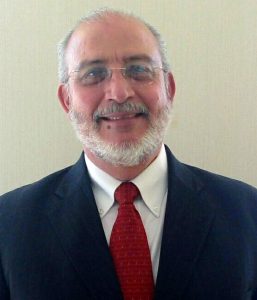
Prof. Pagán said he hopes to create pipelines for students and professionals to move into the coastal infrastructure resilience field.
“This project serves as a vehicle to engage the community as a whole to understand and learn its members’ roles in providing resilient coastal infrastructure systems,” Prof. Pagán said. “It will help the community better understand the stages of coastal infrastructure hazard prevention, preparedness, response and mitigation.”
Other collaborating partners on the project include the U.S. Army Corps of Engineers’ Coastal and Hydraulics Lab, Puerto Rico Department of Natural and Environmental Resources, Reimagine Puerto Rico, Transportation Technology Transfer Center, the Federal Emergency Management Agency, Sea Grant and Caribbean Integrated Coastal Ocean Observing System (CARICOOS). Puerto Rico’s relatively small landmass and level of urban development make it an ideal locale for such studies, Prof. Pagán said. The island territory’s development density, hazards vulnerability and highly concentrated urban communities – along with economic development and emergency response funding constraints – create a scenario with many challenges and learning opportunities.
“The civil infrastructure system in Puerto Rico was compromised well before hurricanes Irma and María,” Prof. Pagán said. “Some infrastructure in Puerto Rico has been in place for more than 500 years. However, some of the operational infrastructure has been built in recent decades but has been poorly maintained, replaced or updated.”
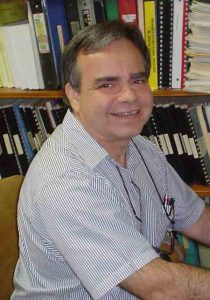
Prof. López said Puerto Rico is an island subjected to many types of hazards, but available information can be put to good use right away by the groups designing the structural rehabilitation of the infrastructure damaged by Hurricane María.<
Read more about infrastructure challenges in a Q&A.
According to the American Society for Engineering Education, the engineering program at UPR-M is unique in a few ways – it produces the second-
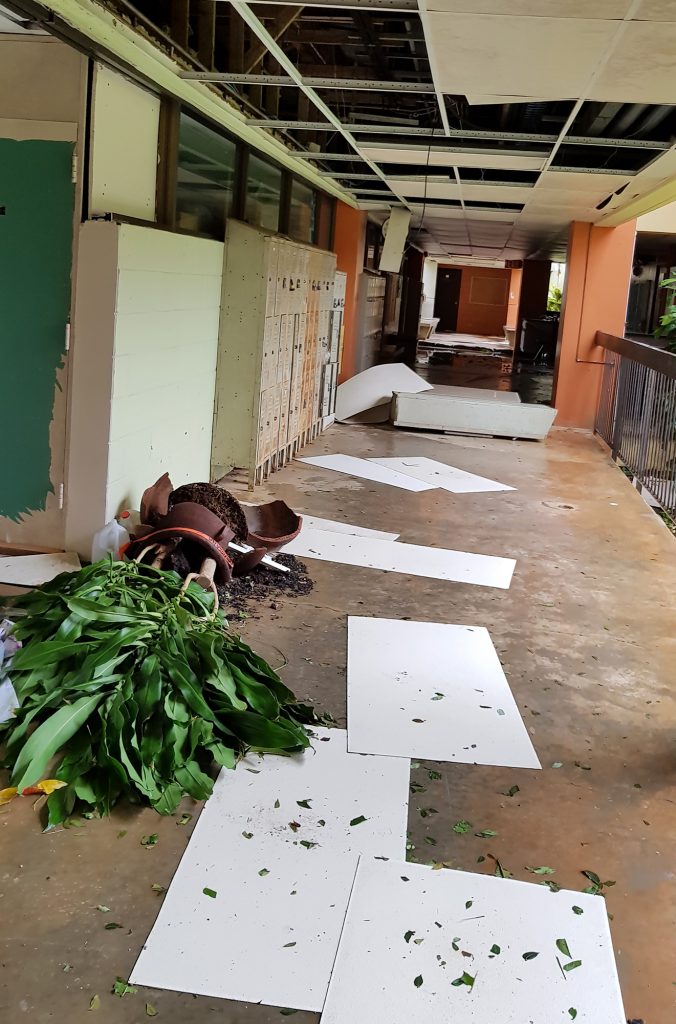
highest number of Hispanic engineering undergraduate degrees and has the most tenured and tenure-track Hispanic faculty in the United States. Nearly 30 percent of its students are female, a relatively high number for engineering programs. These factors contribute to CRC’s goal of diversifying the homeland security and disaster studies workforces.
Student class projects include study of storm surge and wave modeling in U.S. Caribbean islands; simulation of tropical storm uncertainty in recurrence and frequency; coastal geotechnical problems; and impact of climate change on coastal transportation infrastructure of Puerto Rico.
Over the past year, Profs. Pagán and López joined their partners to offer four “conversatories,” small conferences and public discussions for about 700 participants. These focused on assessing the impacts of Hurricane Irma and María on various aspects of the infrastructure in the Island and presenting opportunities for rebuilding infrastructure in Puerto Rico, including coasts, electrical and telecommunications systems and civil infrastructure. These are initiatives to help the community engage in resilience activities.
The hurricanes have also impacted the research work at the university. Graduate student research in 2018 included a cost analysis of alternatives to mitigate damage to infrastructure in the territory, specifically coastal erosion concerns along the west coast of the island. The civil engineering department also teaches regular courses on infrastructure rehabilitation, which has become particularly relevant in light of recent storms.
In September 2017, Hurricane Irma gave Puerto Rico a glancing blow, making its largest impact on the U.S. Virgin Islands and Florida. After Irma, UPRM Civil Engineering faculty knew the way to teach engineering students would need to change. After Hurricane María, everything Puerto Ricans knew about the state of their infrastructure had changed.
Immediately after Hurricane Irma grazed the island on Sept. 6, 2017, Prof. Pagán said that no amount of dress rehearsals they had with previous, less intense hurricanes, could prepare them for that storm.
“We certainly have developed community resilience to deal with these threats in the past, although we have never faced something like this before in history,” he said. “We expected and tried to prepare for the worst hurricane ever in the Caribbean [Hurricane Irma] with little hope. Fortunately, it barely missed the main island, just about 40 to 50 miles from the hurricane eye wall (185 mph sustained winds)”, he wrote.
Though that storm missed the main island, many offshore Puerto Rican communities – as well as the U.S. Virgin Islands – were much more impacted. Puerto Rico, even after Irma, saw more than 70 percent of residents lose power, Prof. Pagán said.
Hurricane María, which struck Puerto Rico on Sept. 20, was the 10th-most powerful Atlantic hurricane (determined by pressure) in recorded history at its peak strength. It caused an estimated $90 billion in damages to Puerto Rico and the U.S. Virgin Islands, including knocking out nearly all power in the territory for several weeks and keeping most of the Island’s residents without power for months.

During the initial weeks of intermittent darkness, the first priority at the University was returning to regular daily tasks to allow students to relocate to the university and be safer than at many other places around the Island.
“Puerto Rico is slowly recovering with the help of so many local and international individuals and organizations,” Prof. Pagán wrote in Oct. 2017. “Communication networks went down almost completely. Power and communication grids, towers, lines and poles were devastated”.
“Our hometown of Mayagüez is not the worst. The rest of the Island, particularly coastal and inland communities and neighborhoods have been literally devastated.”
UPR-M was badly impacted, he said, causing many international students to return home to South and Central America. Local students and university faculty and staff focused on challenges the damage had caused for their families and neighborhoods and reminded all residents of the importance of resilient infrastructure.
“Hazards, risks, vulnerability, preparedness, mitigation, recovery, resilience, codes and best construction practices – all of a sudden these are part of the conversation for everybody, especially the media,” Prof. Pagán said. “I am certain we have learned the lesson and we will resurface stronger. Our people’s spirits are extremely resilient to adversities – we will stand up stronger.”
“Our first responders have been working continuously,” he said. “We knew this could happen, but it is unimaginable how devastating it has been all around the Island. We began going out to document the impact of María in coastal communities and on infrastructure, but it is extremely difficult to reach some places.”
After María, UPR-M restarted the fall semester on Oct. 30, 2017. The semester ended on Feb. 14, 2018, only two months later than scheduled. Prof. Pagán said that more than 90 percent of students returned for the school year, which ended in June. The ones who could not make it back stayed at home recovering or relocated to other host universities in the mainland U.S.
Outside of the classroom
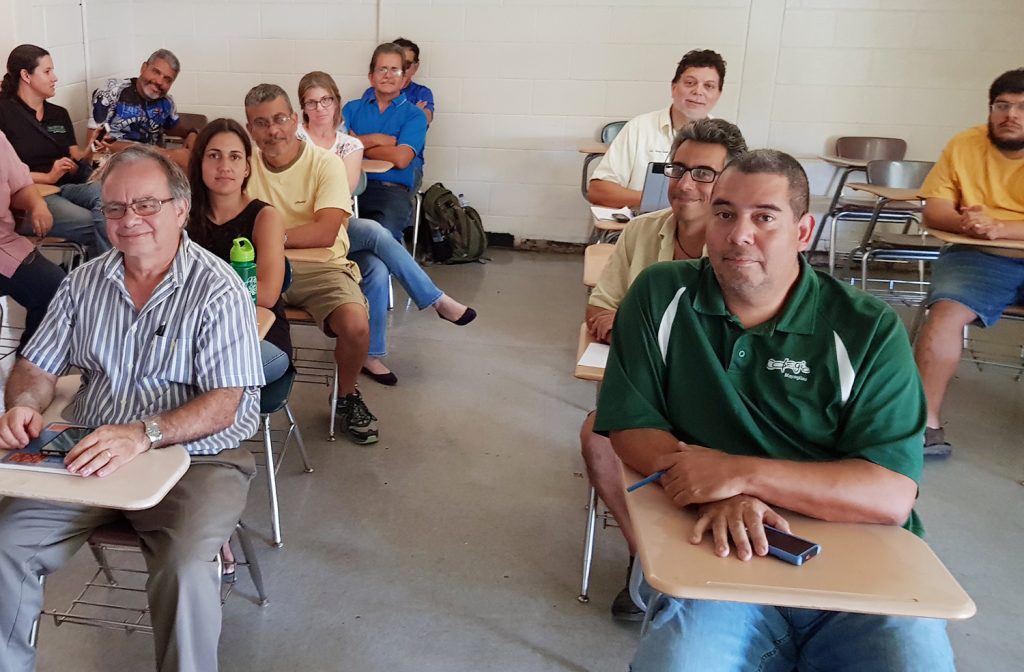
Beyond work in Puerto Rico, UPR-M’s students have several opportunities to learn from – and compete with – colleagues on the mainland. UPR-M is one of the most frequent participants in the CRC’s SUMREX program, sending eight students to research project sites in the summers of 2016-2018. The program links students from CRC education programs with a CRC research project for a summer to integrate work from several of the Center’s theme areas.
Engineering students are also participants in annual American Society of Civil Engineers (ASCE) competitions, in which they compete against students across the country. In 2016, they picked up several top-5 awards at the ASCE national competition, in which students compete in practical engineering applications based on their studies, such as building steel bridges and concrete canoes. UPR-M students are multi-time winners of the ASCE’s Southeast Regional Championships, placing first three times and second three other times in the last six years while qualifying several times for the national competitions. That streak included an eighth-place finish nationally in the National Student Steel Bridge Competition in May and winning the Spirit of the Competition Award.
Prof. Pagán said that the best education, however, has come from responding to the events impacting the territory daily.
We knew this could happen, but it is unimaginable how devastating it has been all around the Island.
“The most precious experience and lesson learned from our catastrophe is that the community resilience against natural hazards begins with the individual education, preparedness, and willingness to respond, resist and engage in their individual and community recovery process,” Prof. Pagán said. “Although there is a chain of public and private first responders that come into the response process, nothing significant could be achieved in the long run if individuals are not educated, prepared and willing to engage in the resilience process.”
Read about Lessons Learned from Hurricane María in this Q&A.
